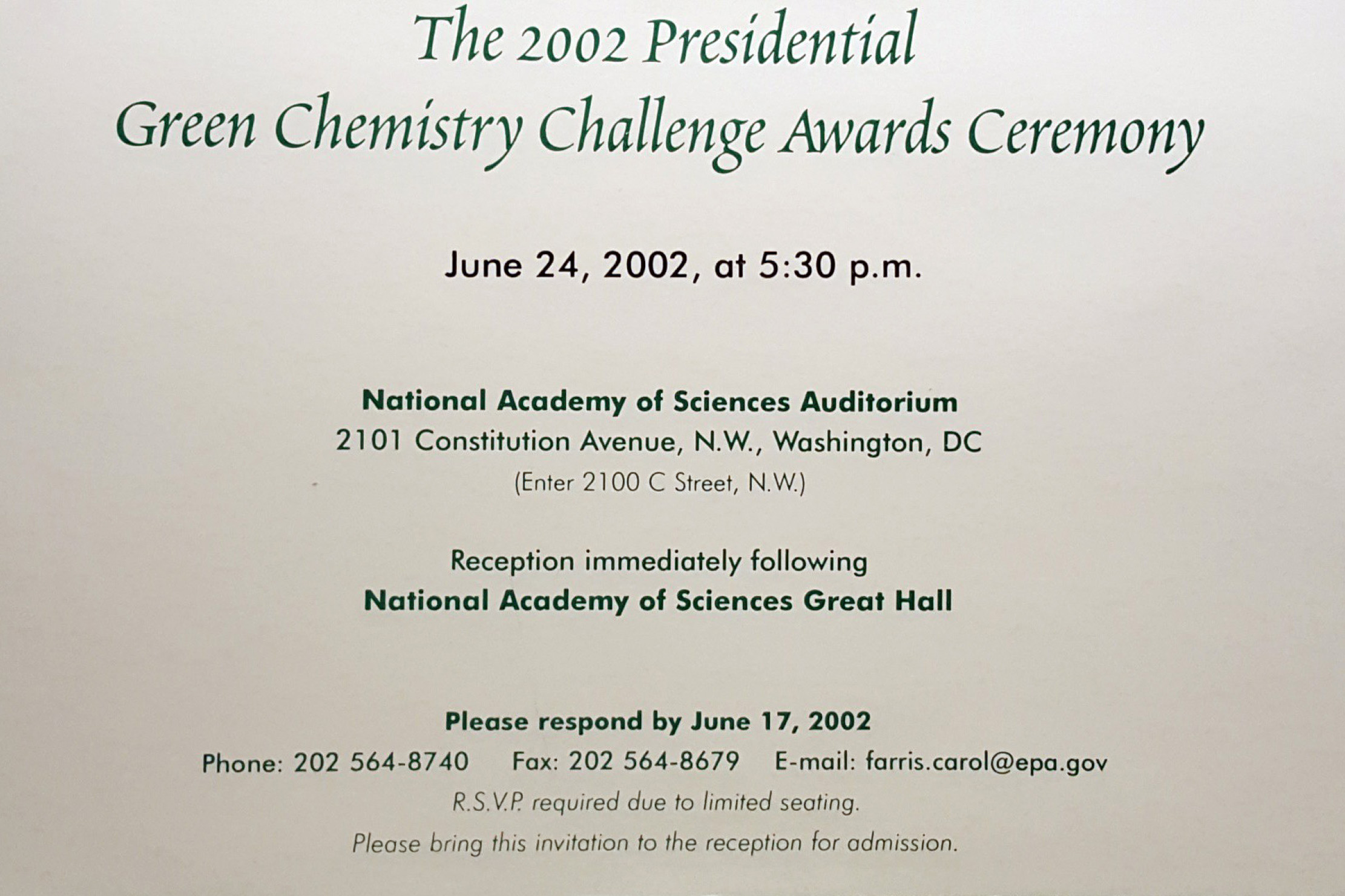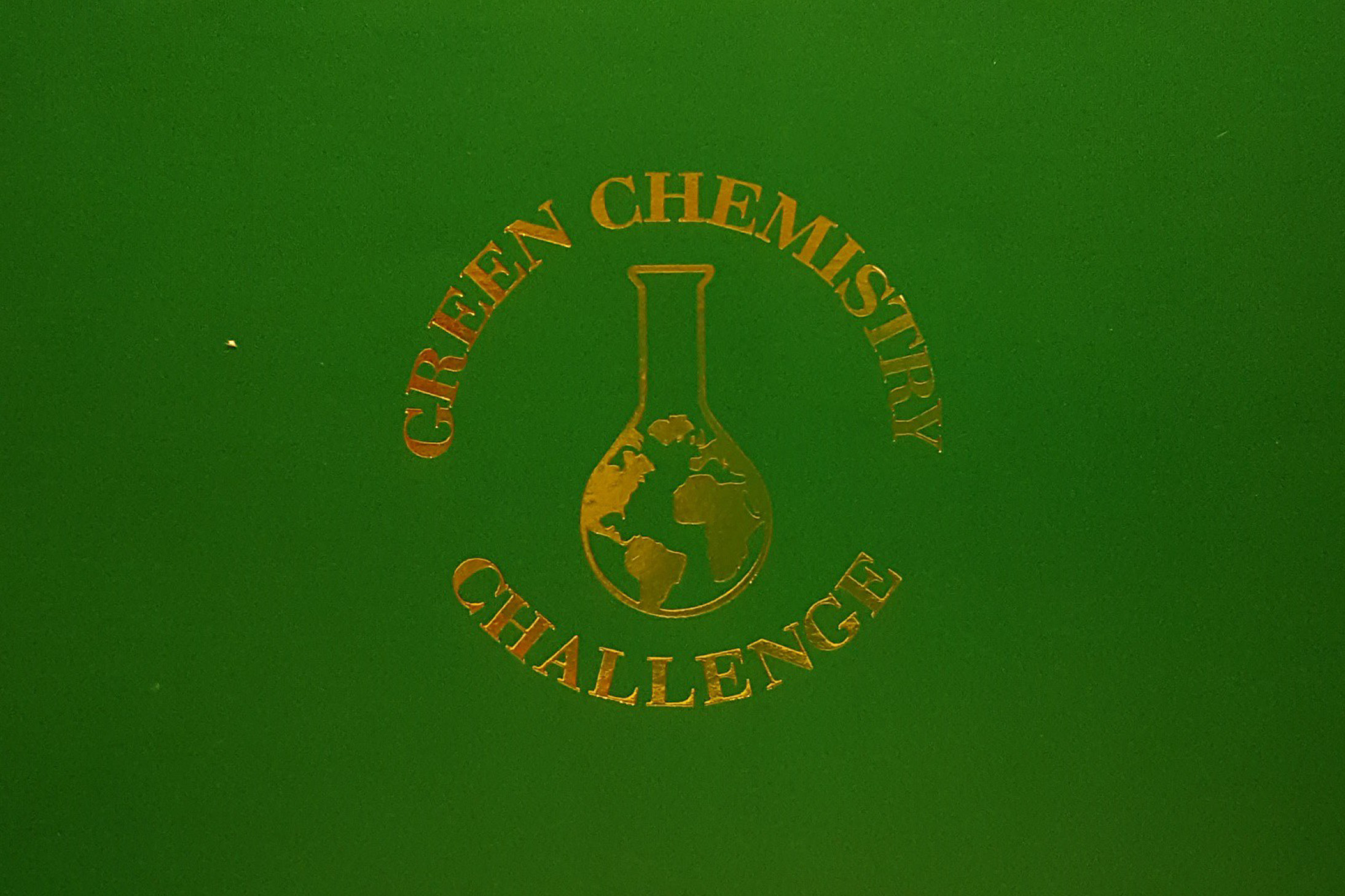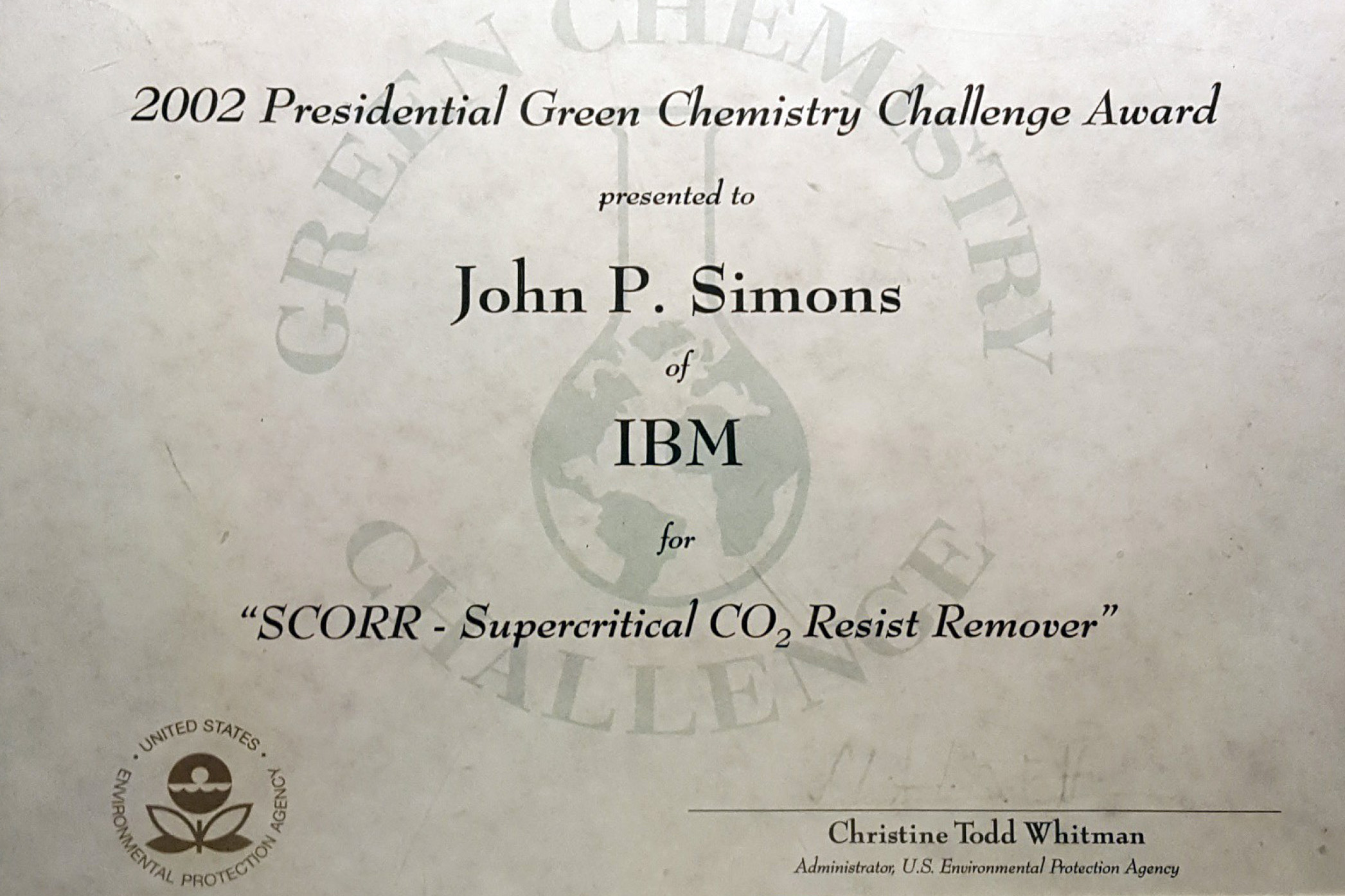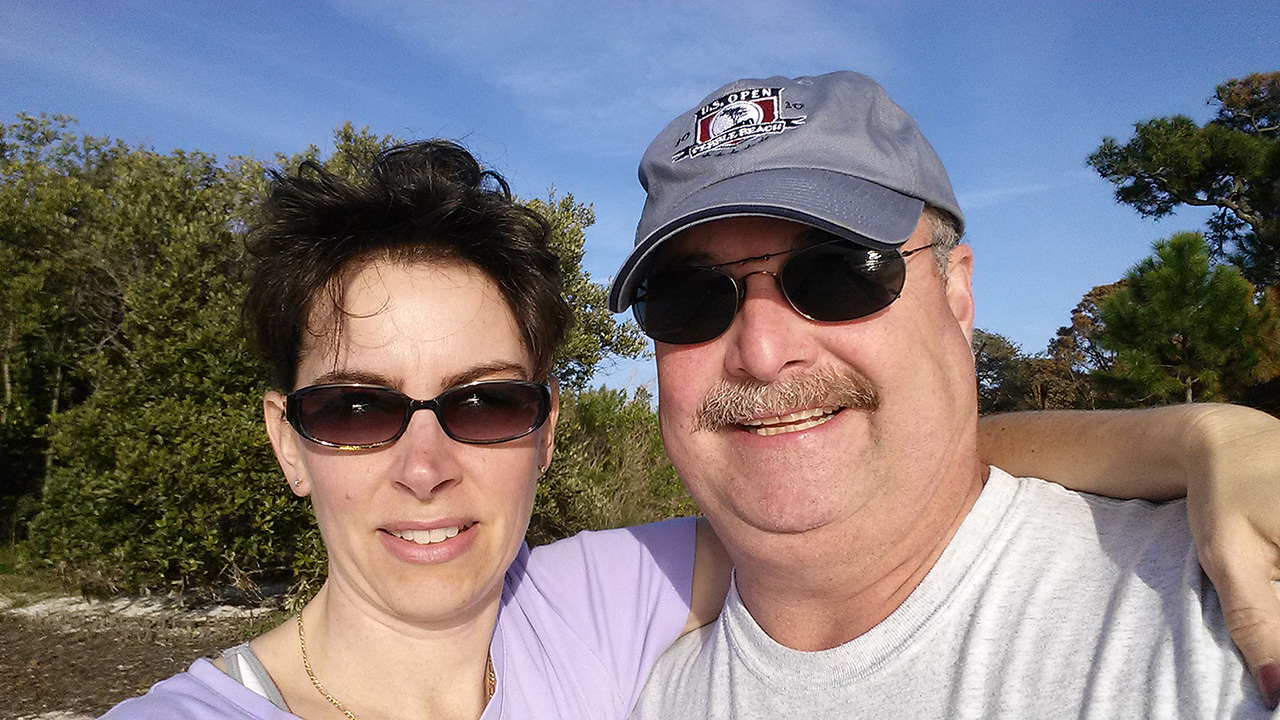PSC to IBM: John P. Simons ’75
Smitties have left their marks around the world—and John P. Simons’ may very well be in the palm of your hand.
A 1975 Paul Smith’s College graduate and member of the first class of the Ecology and Environmental Technology (EET) program, Simons spent over 3 decades working for IBM and helped bring about photopolymer chemistry, something that helps fuel mobile devices such as Samsung’s Galaxy and Apple’s iPhone. He’s written dozens of patents and won the Environmental Protection Agency’s Presidential Award for Green Chemistry in 2002.
Simons took some time during the holidays to talk to Sequel about his Paul Smith’s College experience and how it helped kick off his career in science.
Attending from 1973 to 1975, they were the glory days of the environmental movement and living in the mountains you couldn’t have asked for a better experience.
Hi, John. First off, could you tell us where are you from and what brought you to Paul Smith’s?
I’m from Wappingers Falls, N.Y.—a small town in the lower Hudson Valley off of the Hudson River. My dad’s family is from Wells, N.Y., which is in the Adirondacks, and mom’s side is from Whitehall, N.Y., so I grew up in three places learning about the Lake Champlain region, the Adirondack Mountains and the beauty of the mighty Hudson River and its valley.
My dad and I fished and hunted a lot, so he sparked my interest in nature and I was always good in science and math. My interest in environmental sciences began when Earth Day kicked in on 1970 when I was a freshman in high school. Going through my guidance department in school I was introduced to the Paul Smith’s College catalog and learned about a new 2-year degree in Ecology and Environmental Technology (EET). Living on water, I was very interested in hydrology, limnology and oceanography, and decided to apply and was accepted into the new EET program that PSC offered.
What was your college experience like?
The PSC experience was excellent. Attending from 1973 to 1975, they were the glory days of the environmental movement and living in the mountains you couldn’t have asked for a better experience. Living in Dorm 7 for two years was like boot camp because the education we were receiving was intense and demanding. Mike Rechlin and Pat Flath were tough on us and our program was well-structured, so our down time was small but very productive. I enjoyed jamming with other musicians at the local gin mills, playing on PSC radio station and of course played a few tunes with Mike while he played his guitar. A bunch of us went to a fiddlers contest in Old Forge and had a great time. Hiking the High Peaks, St. Regis and canoeing to the many places we explored as we studied our craft as aquatic biologists was a great learning experience.
Following college, what were some professional highlights or experiences that stand out to you most?
After graduation from PSC, I headed to Utah State University and received my BS in Environmental Sciences. I did numerous projects, from studying the environmental effects from Indian Point nuclear power plant on the Hudson River to teaching junior high school science and special education. After joining IBM for 31 years, I retired working in IBM T. J. Watson Research Center in Yorktown Heights, N.Y.
I authored numerous patents and received the 2002 Presidential Green Chemistry Challenge Award from Administrator Christine Todd Whitman for SCORR Supercritical CO2 Resist Removal semiconductor manufacturing processing, which eliminates organic solvents that were used for cleaning critical parts and helping preserve our environment (a little of PSC was in there, too).
I’ve received numerous professional awards and written for SPIE, an international society advancing an interdisciplinary approach to the science and application of light. My last work was bringing 193nm photoresist technology to manufacturing at the IBM 300mm Manufacturing Facility in East Fishkill N.Y. I worked in wafer tracks, working with the IBM development teams for the current manufacturing processes in 193nm that is used today.
What does it mean to you to be a Smitty?
To me, being a Smitty is a proud tradition that represents the quality of the education I received from PSC. I wouldn’t have achieved my life’s work without going to Paul Smith’s. I sincerely thank Mike and Pat for their dedication that gave each one of us in their EET program to excel once we graduated from their program. They drilled us and continued to educate us as we all went through those two wonderful years I spent from 1973 to 1975. We were the first class that graduated out of a tough program and it made me a better scientist and engineer as my career blossomed until I retired. Smitty means to me “pride.” Not many of us make it through those graduations doors but those of us who did excelled with the tools to achieve our life goals.





Hi John,
After reading a bit about you I thought I would write because you seem like a person who looks to encourage others to follow there dreams as long as they are willing to work hard.
My son Jason would love the opportunity to attend Paul Smith for forestry. Jason has not had life easy but he has continue to work through issues and has shown maturity. He hasn’t had a dad in his life and he has had to go through his older brothers addiction issues. Jason continue to strive for things and along the road he would lose focus due to stresses but in the end he has learned how to deal with stresses thrown at him.
I am a single parent who raised both of my son’s and struggled with making only 30,000-40,000 and losing a lot due to the addiction issues. It has only been recent that I have started to make better money and because of that it has denied Jason the financial packet needed to allow him to go to his top choice of colleges. I have been still paying for debts that occurred while my oldest was on drugs. I have not had the opportunity to put money away for Jason’s college and cannot come up with 13,000 a year to send him there.
I guess I am expressing this just to see if there is anything that you can assist with to help my son live his dream. If you cannot I thank you for reading this.
Sincerely
Renee Spear
Hi Renee. I support PSC alumni programs and the dollars that the college collects goes to kids who need help attending PSC. I suggest you contact the college to find out more. The other programs like scholarships available too from his high school. There are also programs available through fraternal organizations. Lastly and it is understandable he can get a student loan. I had too and the years it took (9) to pay off was painful BUT worth every penny. Sure hope some of these ideas will help. Call Smitty’s. They care and will work as long as your son Jason continues working hard. He will receive his reward 100000x fold. Hope this helps you. Jps